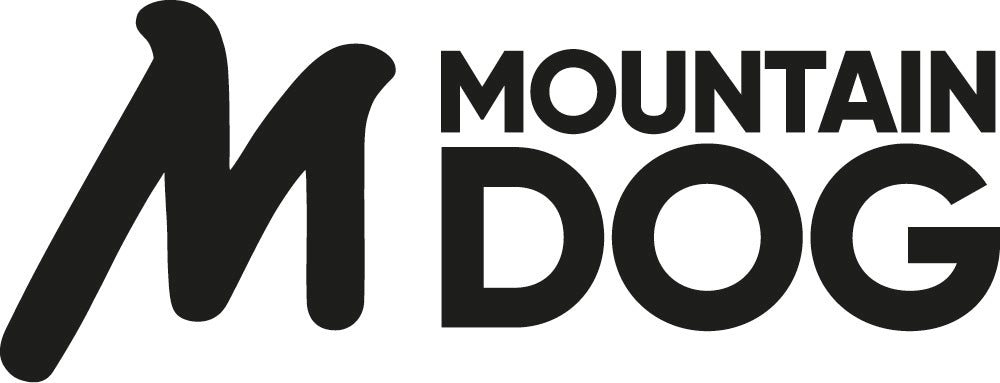Choosing a dog coat can be a little tricky, especially with the many terms used across different manufacturers and retailers. When viewing the many different products on offer, a question comes to mind - what's the difference between a water-resistant garment, and a waterproof product?
What does waterproof mean?
The term waterproof is defined as impervious to water. Many materials that we would think of as waterproof, or are described as waterproof, such as plastic, still have a measurable level of permeability. No material is truly waterproof.
What does water-resistant mean?
Water-resistant is defined as not allowing water to pass through easily, or not being easily damaged by water. The vast majority of raincoats, for humans or dogs, will sit in this category.
An everyday example of a water-resistant product is the iPhone 14 - it will protect against water, but this is limited to being submerged as low as 19 feet, and for up to 30 minutes. Even then, we wouldn't advise testing it!
Anything water-resistant has a saturation point, meaning it will soak through when subjected to prolonged wear in the rain.
How does this impact the designs of our dog's coats?

Achieving a good performing level of water-resistance is extremely difficult, especially for dog coat manufacturers.
As our dogs can't regulate their temperature as easily as us, breathability is an absolute necessity when designing a dog raincoat. This means that the coats are often made of a semi-permeable material, such as polyester, as this allows moisture to escape from inside the coat. If the material chosen isn't breathable enough, your dog can become too hot when wearing the coat.
Additionally, openings across the coat are necessary to allow for freedom of movement, comfort, and fastening the coat. Even on an overall, these openings are crucial to the functionality of the coat - for example, the four-legged Mudventure ECO Overall still has an open space on the underside, which allows for your dog to go to the toilet without soiling the garment.
Finally, if a manufacturer used some of the very best water-resistant materials, such as Gore-Tex, this would make the price of the coat very expensive. Many outdoor-loving people are prepared to spend this on their own raincoat, and these coats can last them for many years.
However, when it comes to our furry friends, lots of dogs enjoy running through brush, bushes, and thorns, which puts their coats at risk of damage. They're also much more likely to roll around in the mud and soil a coat, than their human is!
Despite these challenges, our brands still use great technical fabrics in their designs!
What does "DWR" mean?

DWR stands for Durable Water Repellent. This chemical treatment is often applied to raincoats to help improve the jacket's performance in the rain. However, as your jacket ages and gets washed, this treatment starts to wear off.
Many people enhance their dog's gear using further treatments. The most popular after-care treatment is Nikwax, which is environmentally safe, and doesn't change the appearance of the garment.
What does taped seams mean?

The seams on a dog raincoat are the weakest point, as there is a 'gap' in the membrane.
Heat-sealed taped seams help stop water coming through the stitching. Across our listings, many of the raincoats are described as having 'critical taped seams', which often refers to the seams on the top of the coat where the rain hits.
What do the water-resistance ratings mean on your listings?
We're glad you asked! We have another blog on this very topic just here

